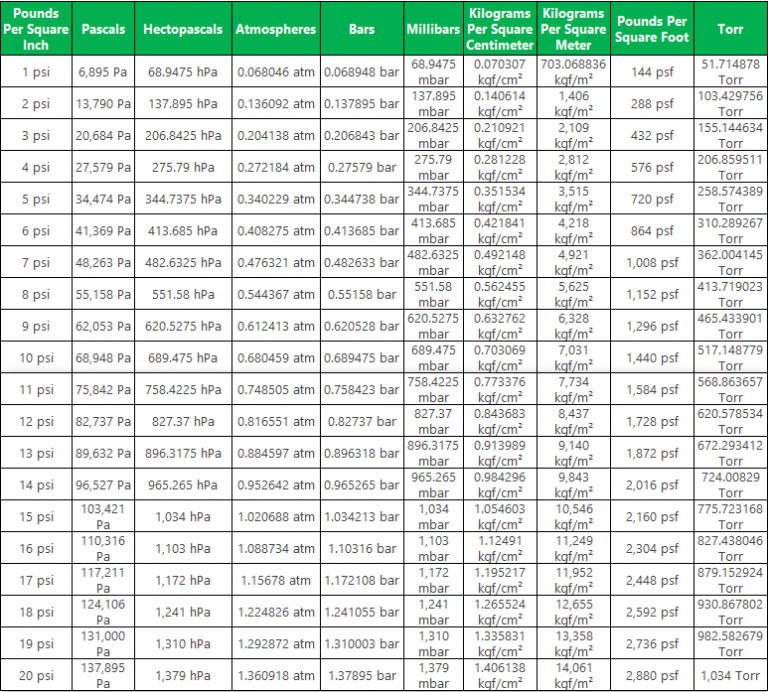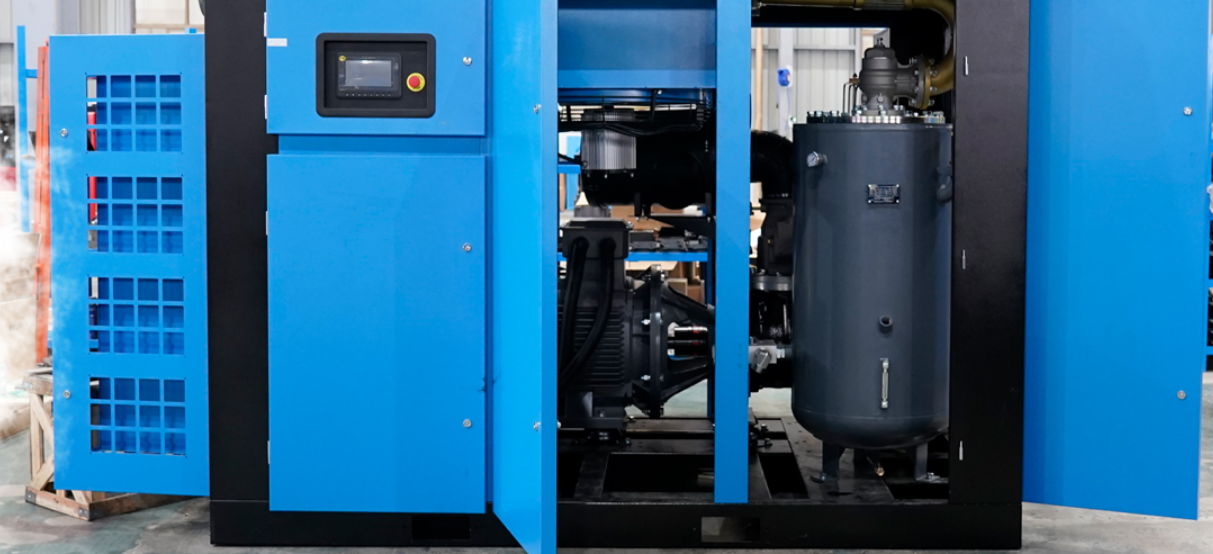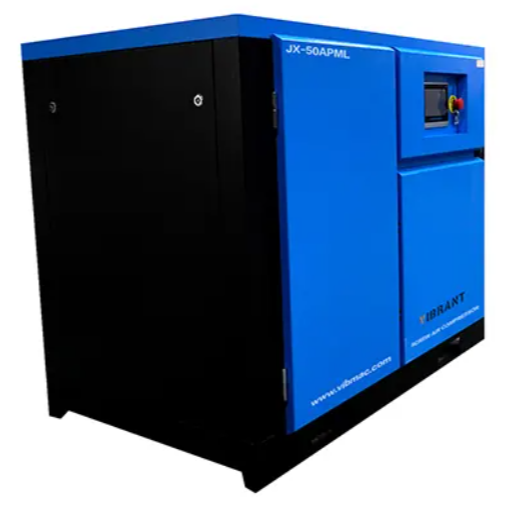Understanding pressure measurement and unit conversions is essential in various fields such as automotive maintenance, industrial applications, diving equipment, and even daily tasks. Two of the most frequently used pressure units are Bar and PSI (pounds per square inch). Knowing how to accurately convert between these two units can significantly enhance efficiency, safety, and precision in multiple scenarios.

What are Bar and PSI?
Bar
Bar is a metric unit of pressure, widely adopted internationally, especially across Europe. One bar is precisely equal to 100,000 Pascals (Pa), closely matching the average atmospheric pressure at sea level on Earth. Its practical and straightforward metric alignment makes it convenient for scientific calculations and standardized procedures.
PSI
PSI, short for pounds per square inch, is a prevalent unit primarily in the United States and some industries worldwide. It quantifies pressure by expressing how many pounds of force are applied per square inch area. One PSI is approximately equal to 6,894.76 Pascals. PSI is commonly used in automotive, aviation, and mechanical engineering due to its intuitive representation of force.
Bar to PSI Conversion Formula
The conversion formulas between Bar and PSI are straightforward, and mastering them allows quick manual calculations:
- Converting Bar to PSI:
- 1 Bar = 14.5038 PSI
- Converting PSI to Bar:
- 1 PSI = 0.06895 Bar
Practical Example
For instance, if a car tire’s recommended pressure is given as 2.5 Bar, to convert this measurement to PSI:
- Multiply 2.5 Bar by 14.5038 PSI per Bar:
- 2.5 × 14.5038 = 36.26 PSI
Thus, the tire pressure equivalent is approximately 36.26 PSI.
Quick Reference Conversion Chart
Here is a practical reference chart for commonly encountered pressures:
| Bar | PSI |
|---|---|
| 1 | 14.5 |
| 1.5 | 21.8 |
| 2 | 29.0 |
| 2.5 | 36.3 |
| 3 | 43.5 |
| 3.5 | 50.8 |
| 4 | 58.0 |
| 4.5 | 65.3 |
| 5 | 72.5 |
| 5.5 | 79.8 |
| 6 | 87.0 |
| 6.5 | 94.3 |
| 7 | 101.5 |
| 7.5 | 108.8 |
| 8 | 116.0 |
| 8.5 | 123.3 |
| 9 | 130.5 |
| 9.5 | 137.8 |
| 10 | 145.0 |
This chart is particularly useful when quick reference is needed, especially in environments without immediate access to calculators or online conversion tools.
Real-world Applications
Automotive Maintenance
Most vehicles in Europe display recommended tire pressure in Bars, while vehicles in the United States typically use PSI. Accurate pressure conversion ensures optimal tire performance, safety, fuel efficiency, and prolonged tire life.
Industrial Equipment
Industrial processes involving compressors, hydraulic systems, and various pressurized machinery frequently require consistent monitoring of pressure levels. Converting between Bar and PSI accurately ensures machinery operates within the intended safety and performance parameters, reducing risks of malfunction and equipment damage.
Diving Equipment
Scuba divers routinely interact with compressed air systems measured primarily in Bar. However, some pressure gauges might still indicate PSI, particularly for equipment sourced internationally. Knowledge of accurate conversions between Bar and PSI can significantly enhance safety, ensuring that divers maintain correct breathing gas pressures at various diving depths.
Using Digital Tools and Apps for Pressure Conversion
Though manual calculation is possible, digital tools and mobile apps provide instantaneous, accurate conversions from Bar to PSI and vice versa. These tools are particularly beneficial in fast-paced professional environments where precision and speed are paramount. They offer reliability and convenience, reducing potential for error inherent in manual calculations.
Importance of Accurate Pressure Conversion
Accurate pressure conversion is crucial not merely for functionality but significantly for safety. Incorrectly converting pressure units can lead to under or over-inflation of tires, potentially resulting in vehicle handling issues, tire wear, or even blowouts at high speeds. Similarly, in industrial scenarios, incorrect pressure levels can damage equipment, pose safety hazards, and compromise operational integrity.
Conclusion
Mastering the conversion between Bar and PSI enhances both professional efficiency and everyday practicality. Whether maintaining vehicle tires, operating industrial machinery, or managing diving gear, understanding these fundamental conversions supports safety, extends equipment longevity, and optimizes performance across diverse applications. Keeping a conversion chart handy or employing digital tools for accurate conversions is highly recommended, helping ensure consistency, reliability, and safety in every pressure-related task.









